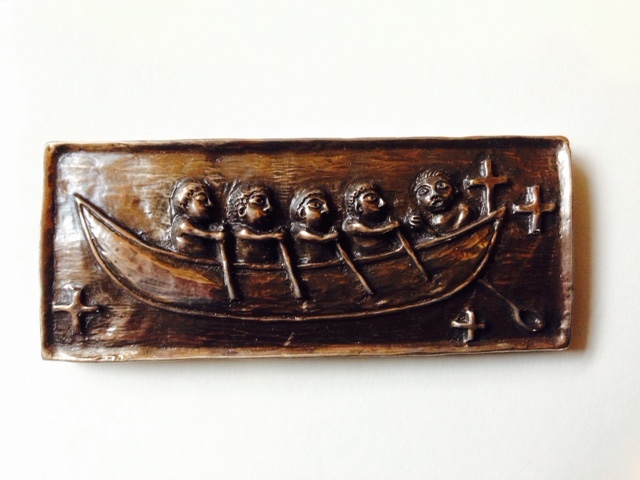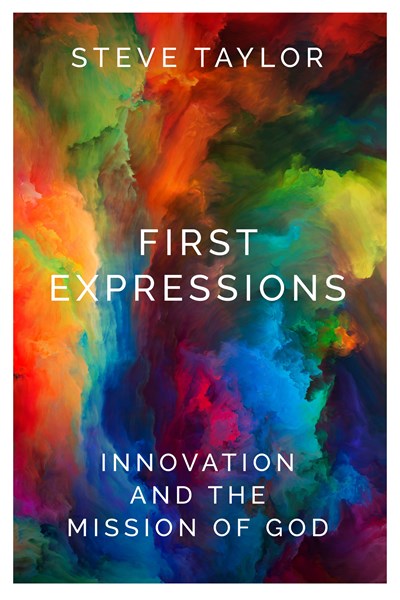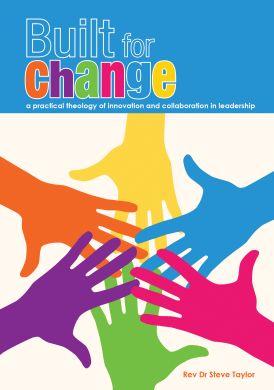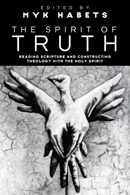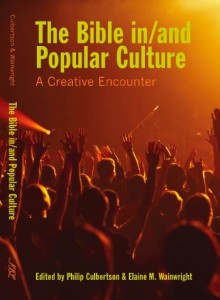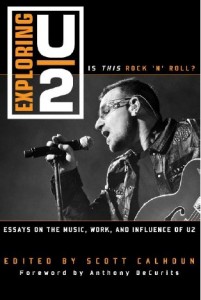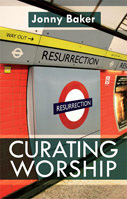Friday, May 28, 2010
What is church? seed cathedral as contemporary ecclesiology
Over the week I had an email, inviting me to speak on the topic of “What is Church?’ to a rural grouping of churches.
Over the week, I’ve also been thinking about an invite to speak at CityChurch 2010, the first ever gathering of city centre Uniting church leaders, to explore what it means for them to be church in the context of the centre of the city.
Over the week I discovered the Seed Cathedral (via the creative blog of Michael Volland). It is the UK Pavilion at the Shanghai Expo 2010. Expecting over 70 million visitors, the theme is “Better City, Better Life.” The design had three aims, including providing a significant public open space in which visitors can relax. The Seed Cathedral is 20-metres high, made from 60,000 transparent 7.5-metre long optical strands. Each of the 60,000 rods has a seed embedded within its tip. The seeds are taken from the Millennium Seedbank, at the Royal Botanical Gardens. (For more go here)
Fantastic! Amazing to see such imagination, outside the church, in such a public space.
What is church? Well, working from the Seed Cathedral it includes
– a place to honour the past (seeds/tradition) as a source of future life (seeds grow, tradition contextualises)
– a spacious place to invite reflection on living better
– an invitation to consider transcendence
This all links for me with my use of the children’s story book, Bodge plants a seed, including at the recent Queensland Synod (my talk is here). Leaders treating people as seeds, nurturing their growth, seeking the unfolding of their unique charism.
Friday, March 26, 2010
a pretty radical (8th century) image of church
I’m teaching a paper this semester called Church, Ministry, Sacraments. In approaching the paper, I’ve wanted to dispel the idea that when we think of church, we simply draw a line from Jerusalem to Rome to Europe. The reality is that for the first 1,000 years of the life of church, Christianity was a global faith, covering three continents – Asia, Europe and Africa. This gives a dynamism and diversity that offers a very different approach to church.
“In the West, attention centred … on the clergy … ecclesiological discussion in our time nearly always centres on, or degenerates into, disputes about clergy and bishops, the result being that the question of the nature or being of the Church is rarely allowed to come into view.” Gunton in On being the church, 49.
A really helpful resource for me has been Readings in World Mission which has a great little section of about 13 different 20th century authors from 5 continents summarising how they see church. So rich and provocative. And

The Lost History of Christianity: The Thousand-Year Golden Age of the Church in the Middle East, Africa, and Asia–and How It Died
, which describes a vital and energetic first 1000 year period in Christianity, a period during which the Middle East, Asia and Africa where much more dominant than Europe. (I’ve blogged about this more here and here).
Anyhow, this is church, for Bishop Timothy, of the Syriac church, in the 8th century, living in a pluralist world and asked to debate his faith with the caliph al-Mahdi, the leader of the Muslim world at that time:
we are all of us as in a dark house in the middle of the night. If at night and in a dark house, a precious pearl happens to fall in the midst of people, and all become aware of its existence, every one would strive to pick up the pearl, which will not fall to the lot of all but to the lot of one only, while one will get hold of the pearl itself, another one of a piece of glass, a third one of a stone or of a bit of earth, but every one will be happy and proud that he is the real possessor of the pearl. When, however, night and darkness disappear, and light and day arise, then every one of those people who had believed that they had the pearl, would extend and stretch their hand towards the light, which alone can show what everyone has in hand. The one who possesses the pearl will rejoice and be happy and pleased with it, while those who had in hand pieces of glass and bits of stone only will weep and be sad, and will sigh and shed tears.
Which is a pretty radical position for what was at the time, a major Christian leader to take. For Timothy, the pearl is true faith and it had fallen to earth and each faith believed it alone had possession. All humans can do – Christian, Islamic (today atheist?) is offer their evidence for believing, or disbelieving, that they have the real pearl. But the final truth can not be known on this side of reality.
Was he selling out? Or was he modeling a humility which should actually be at the heart of Christian witness?
